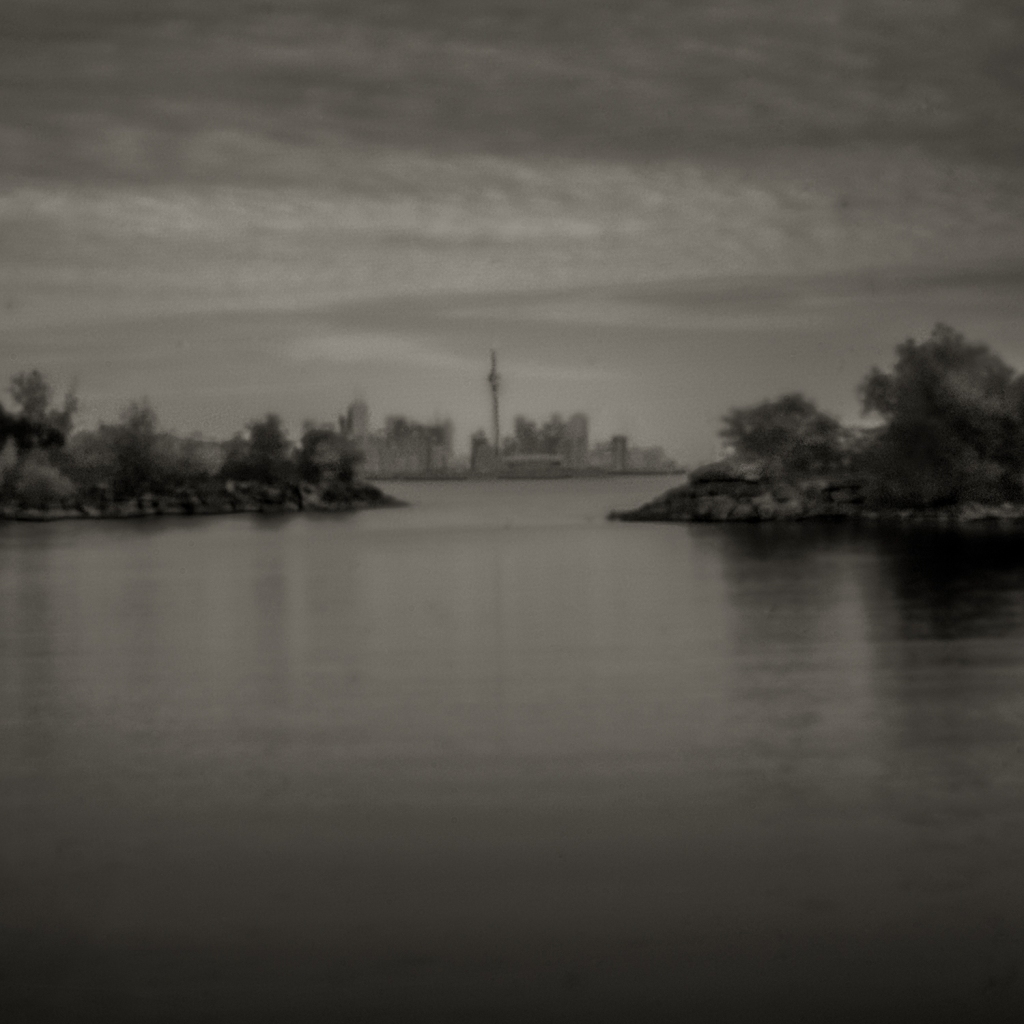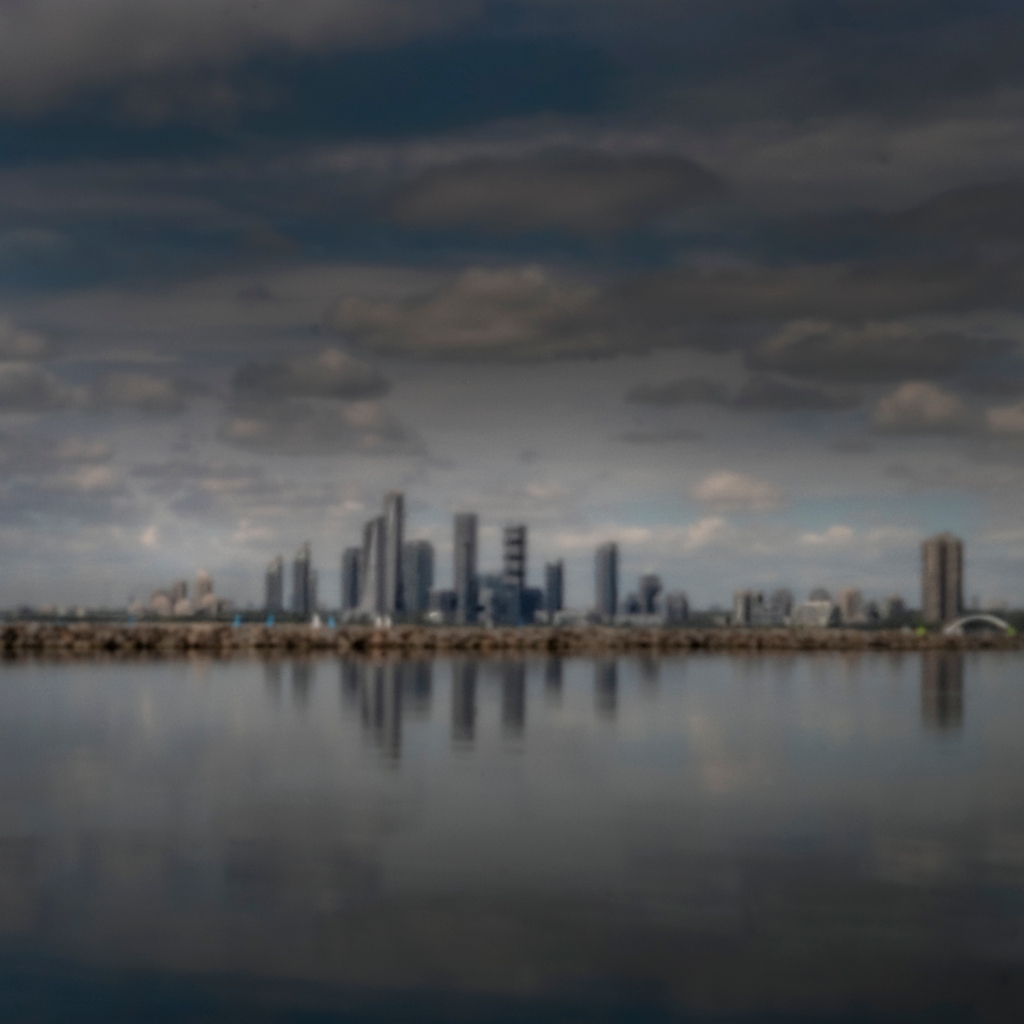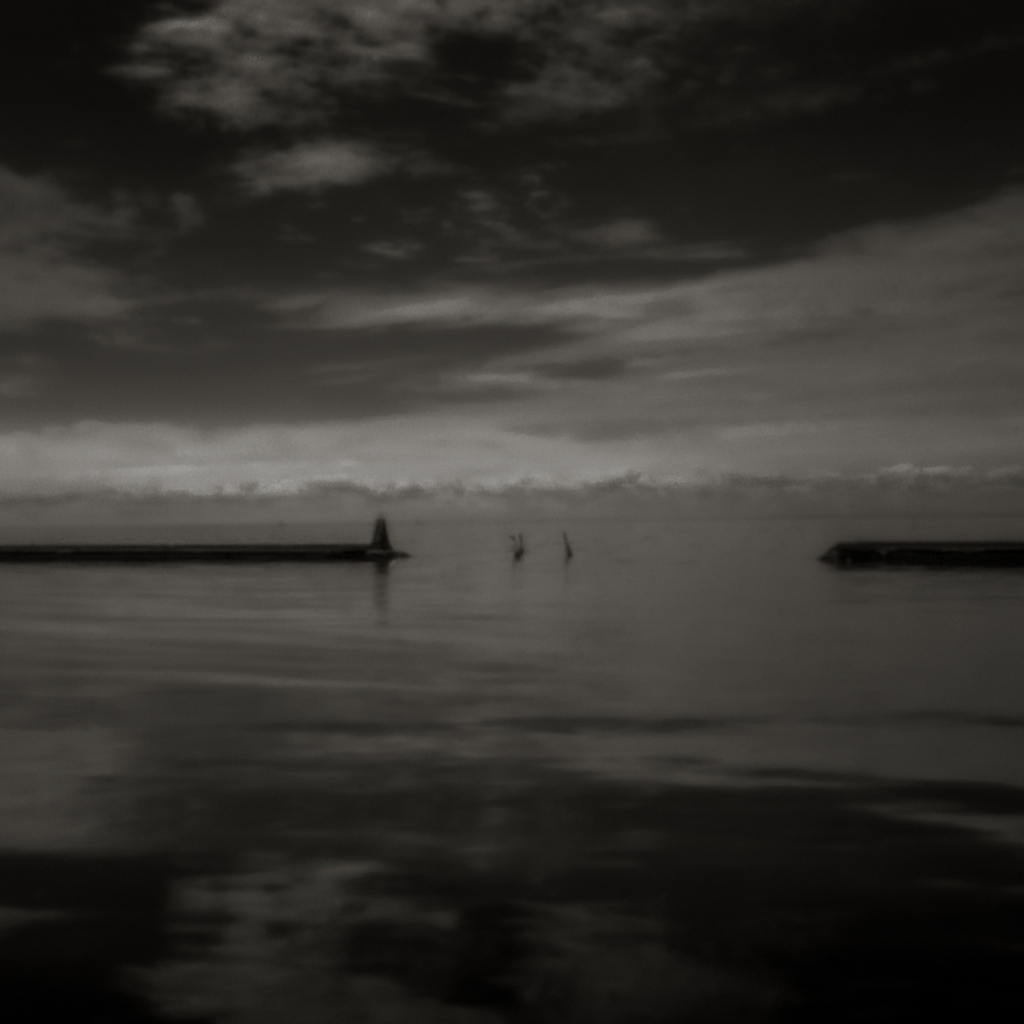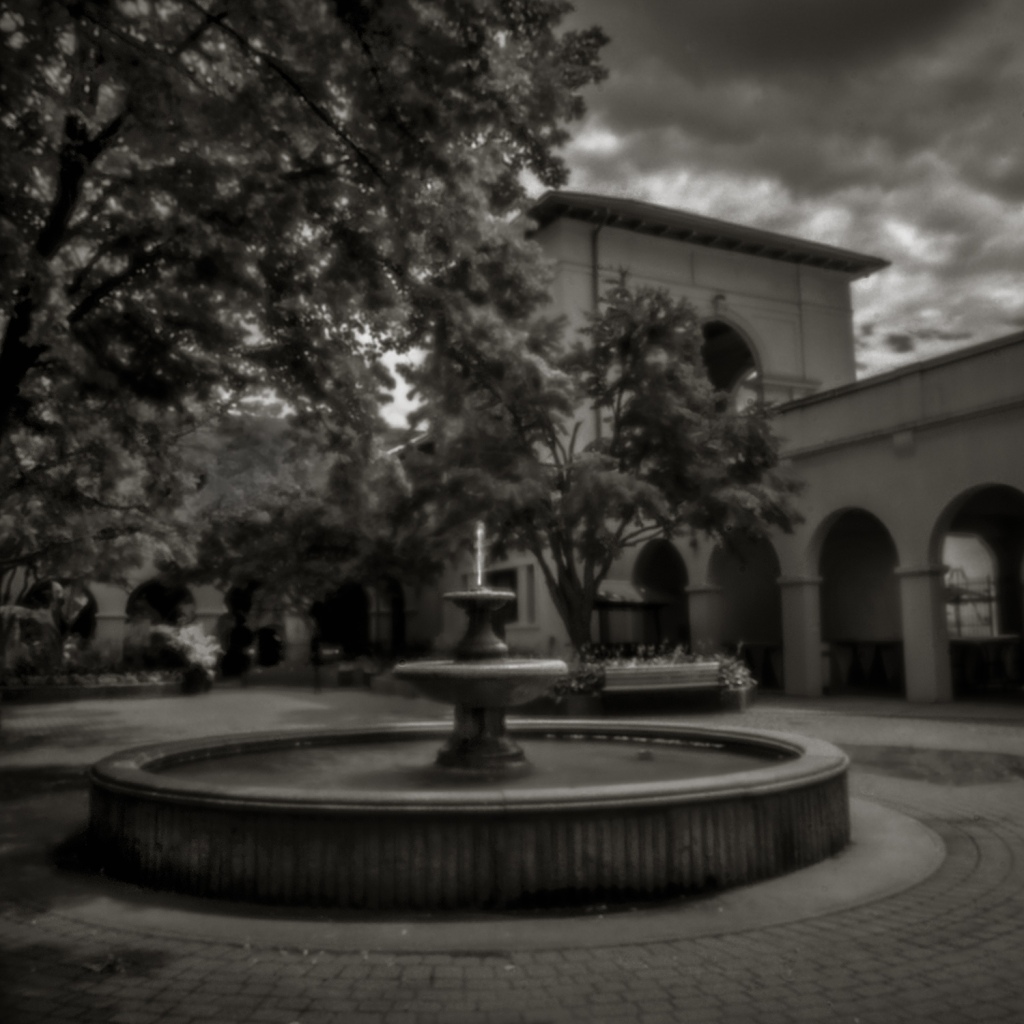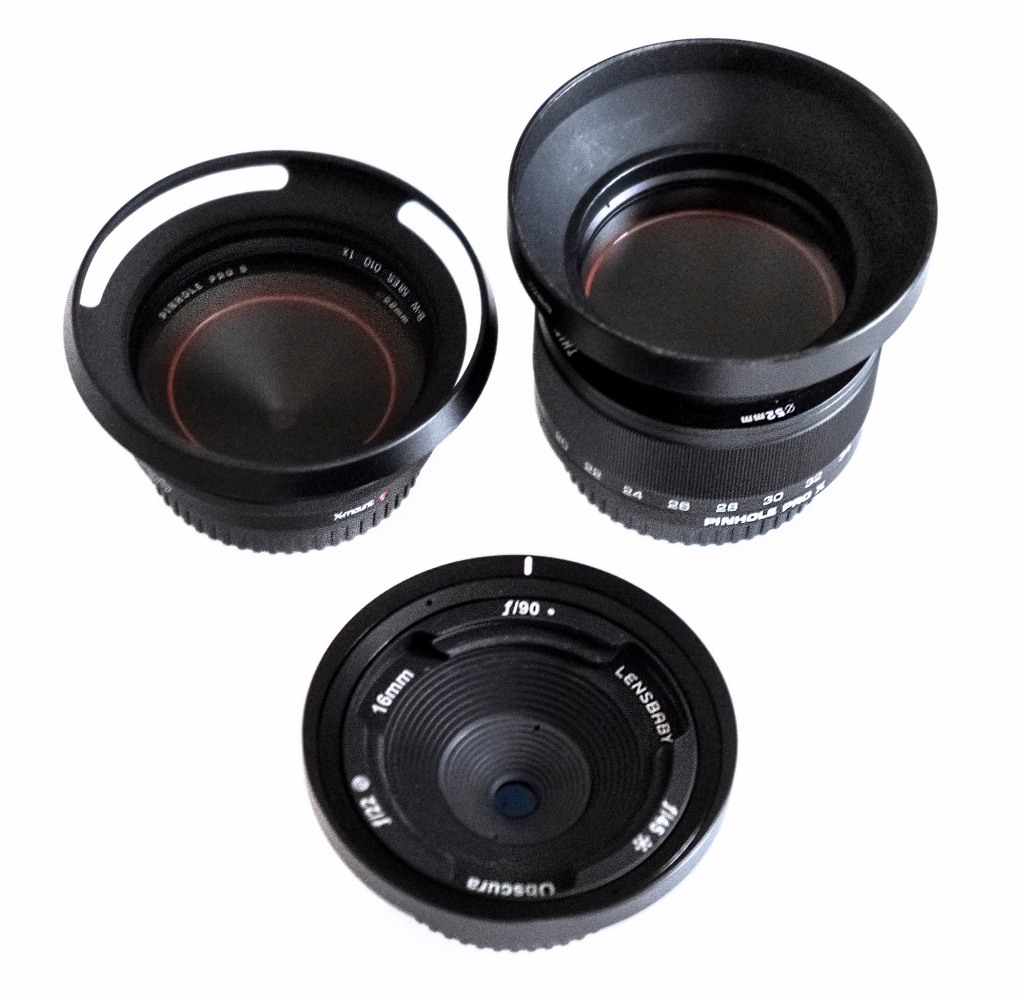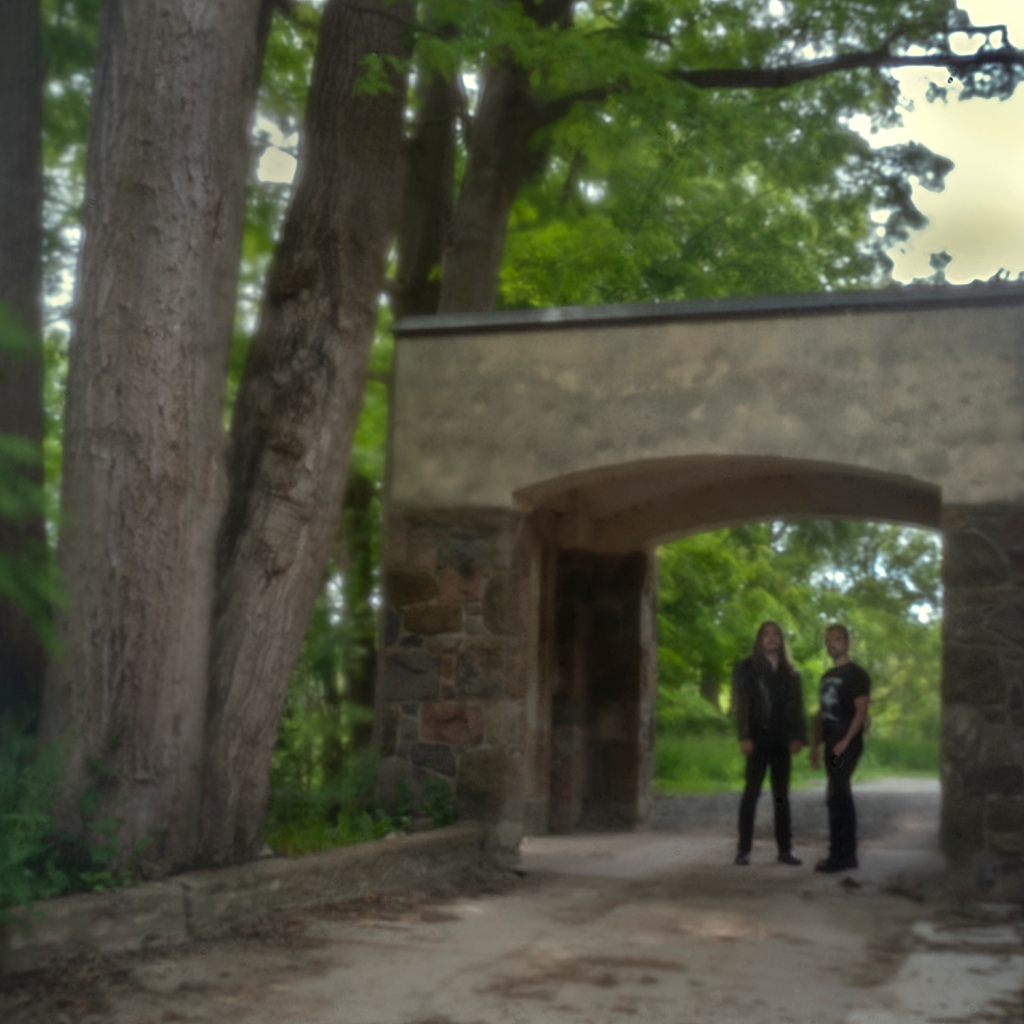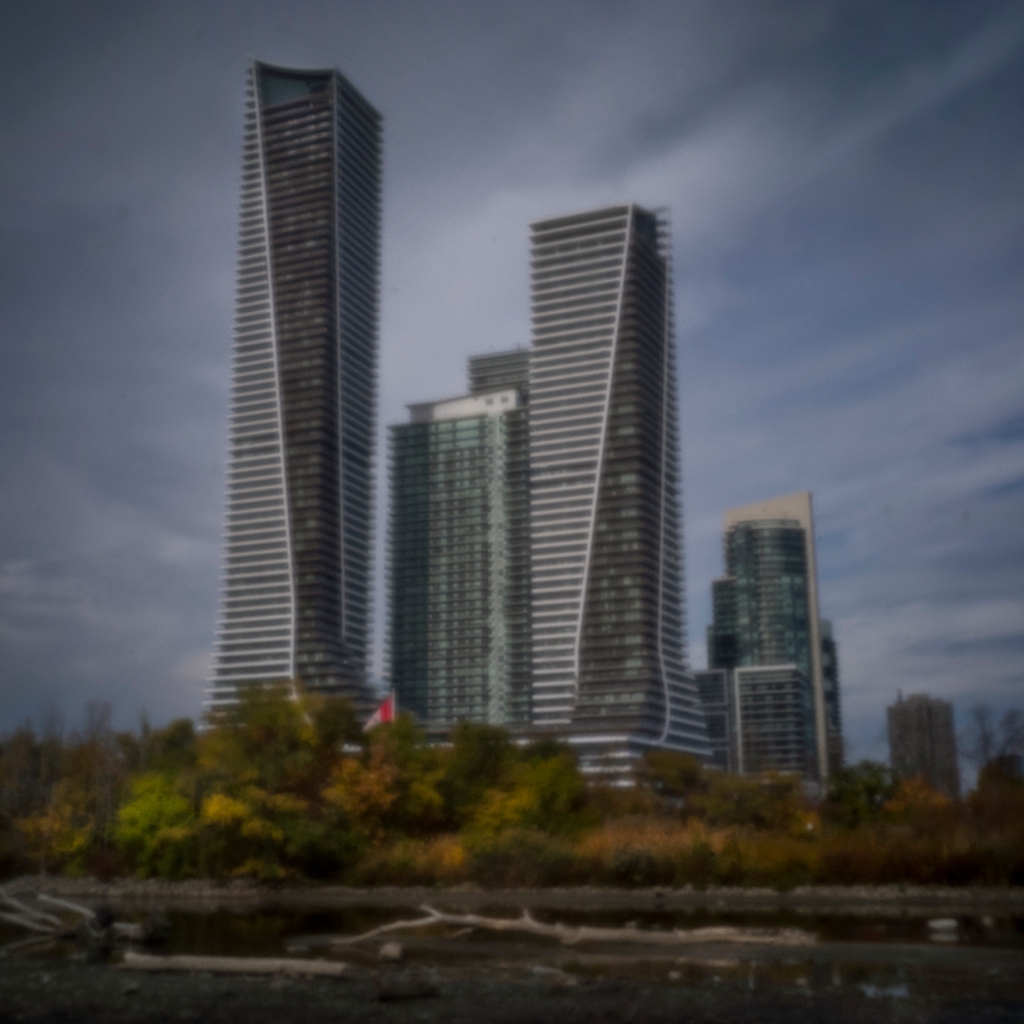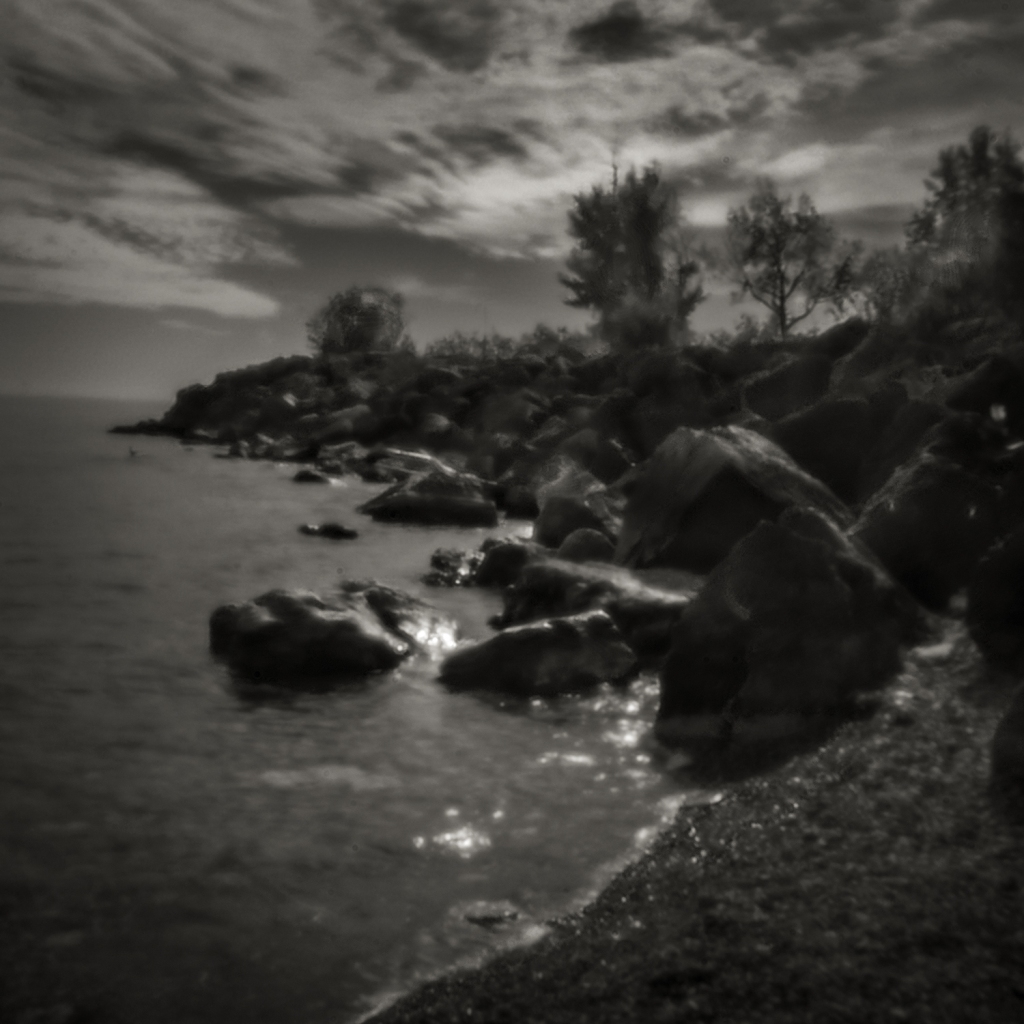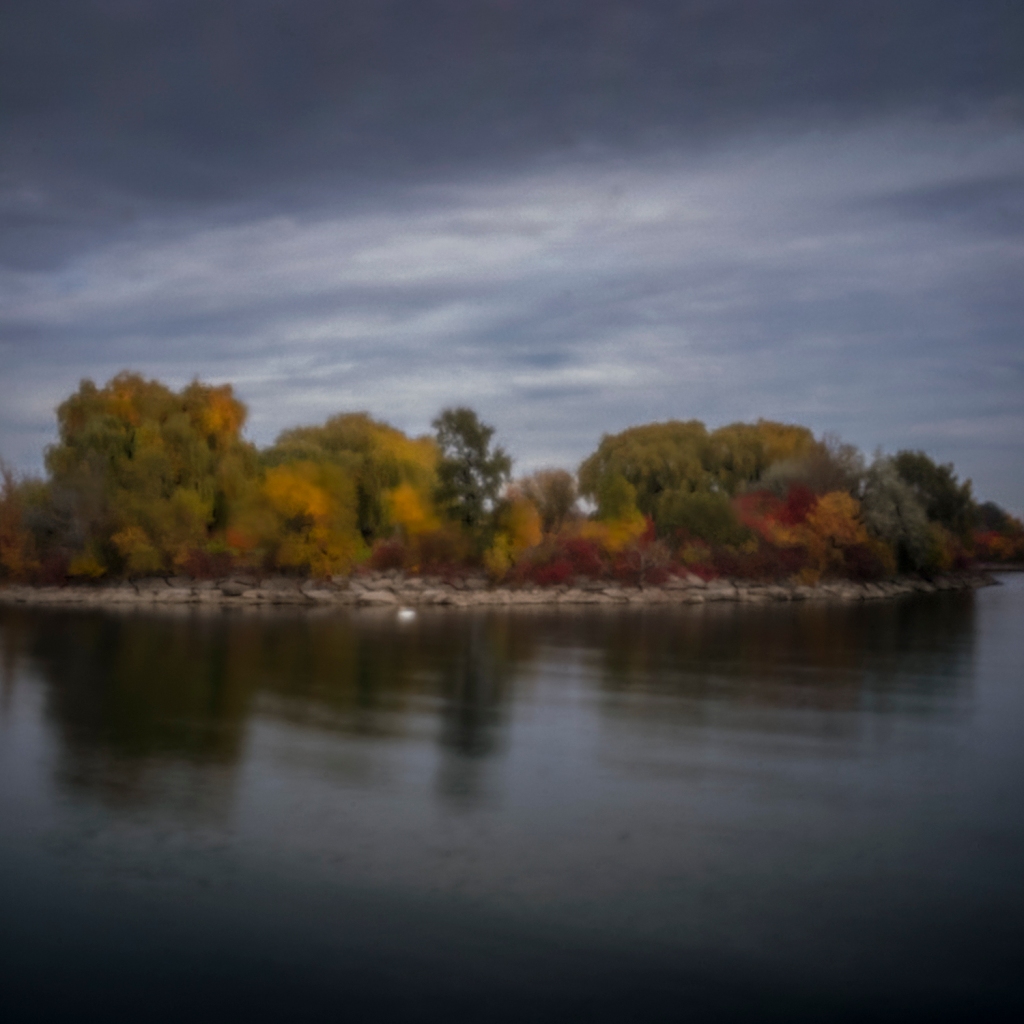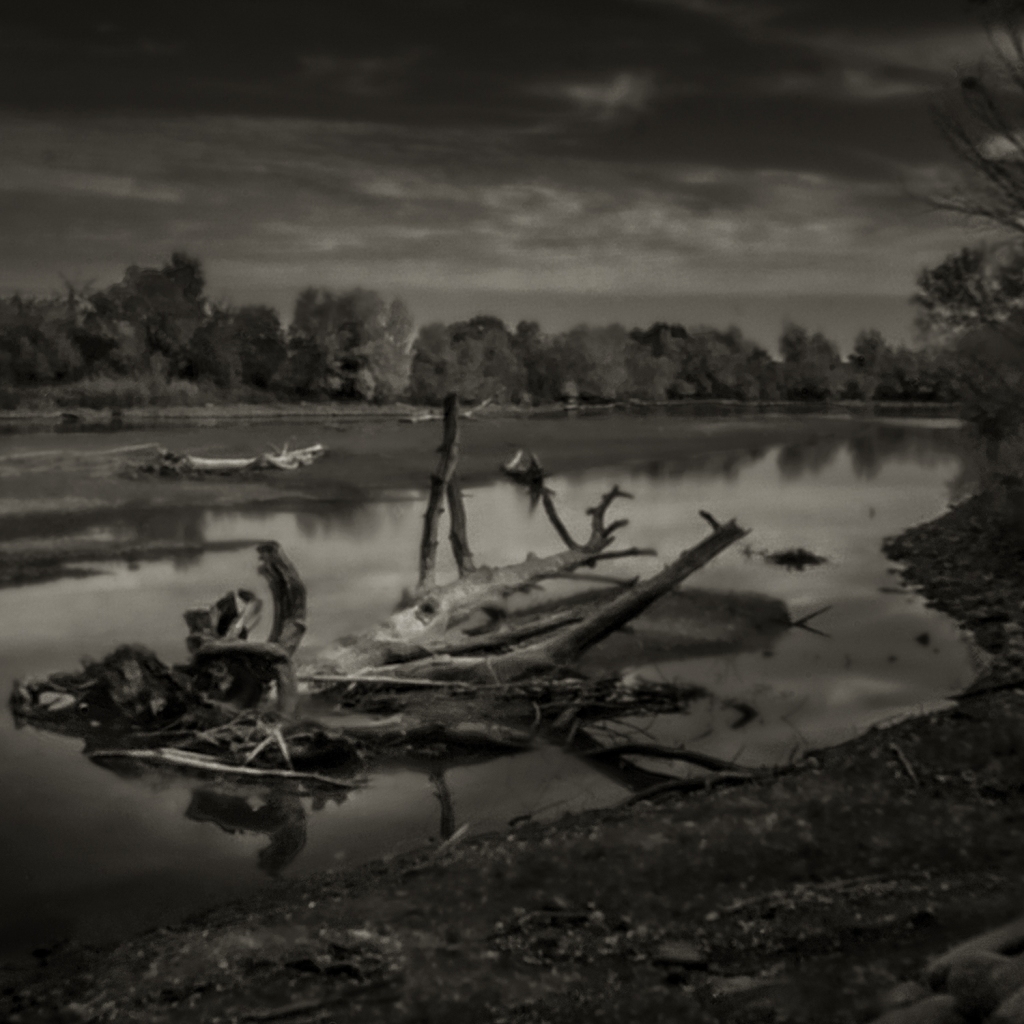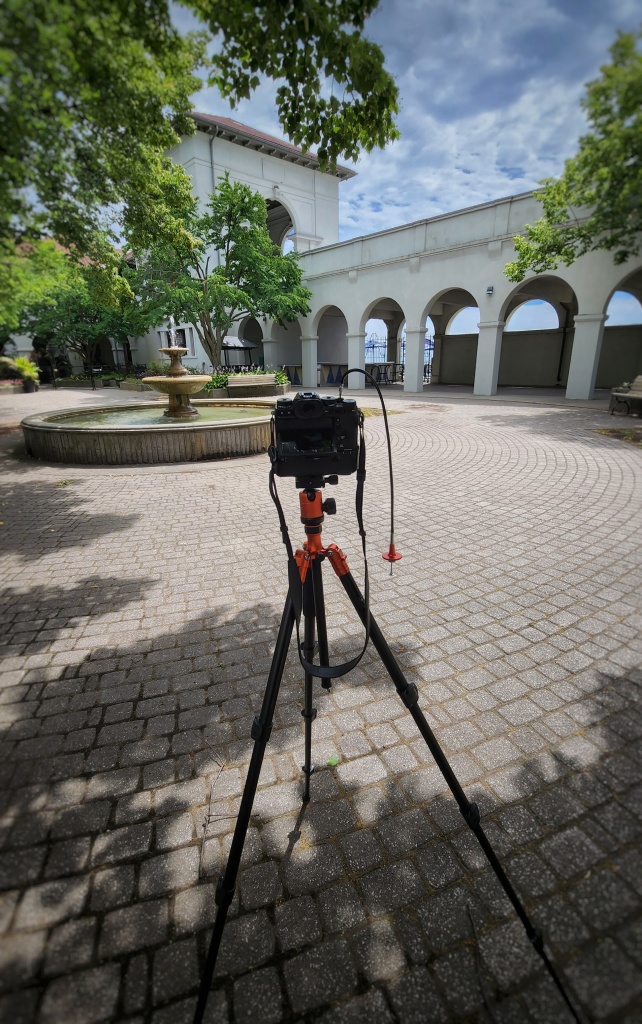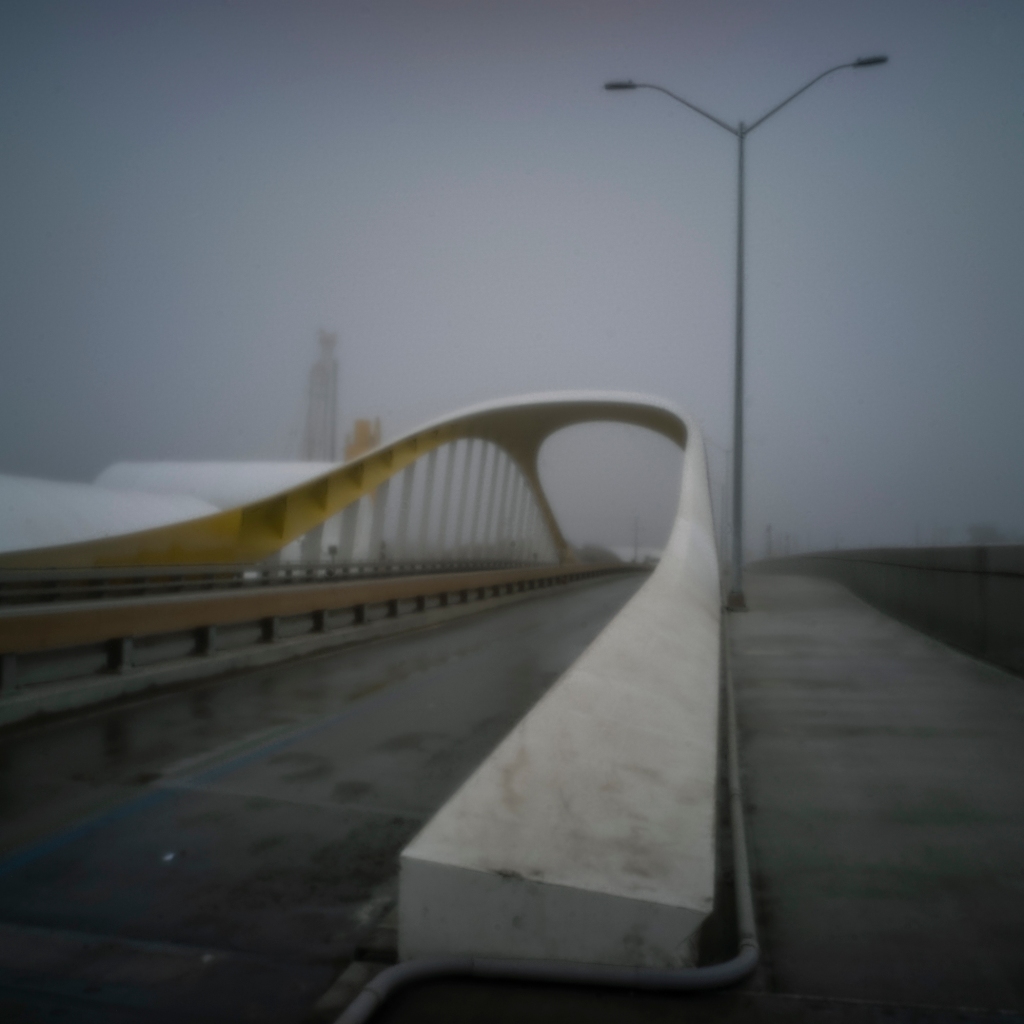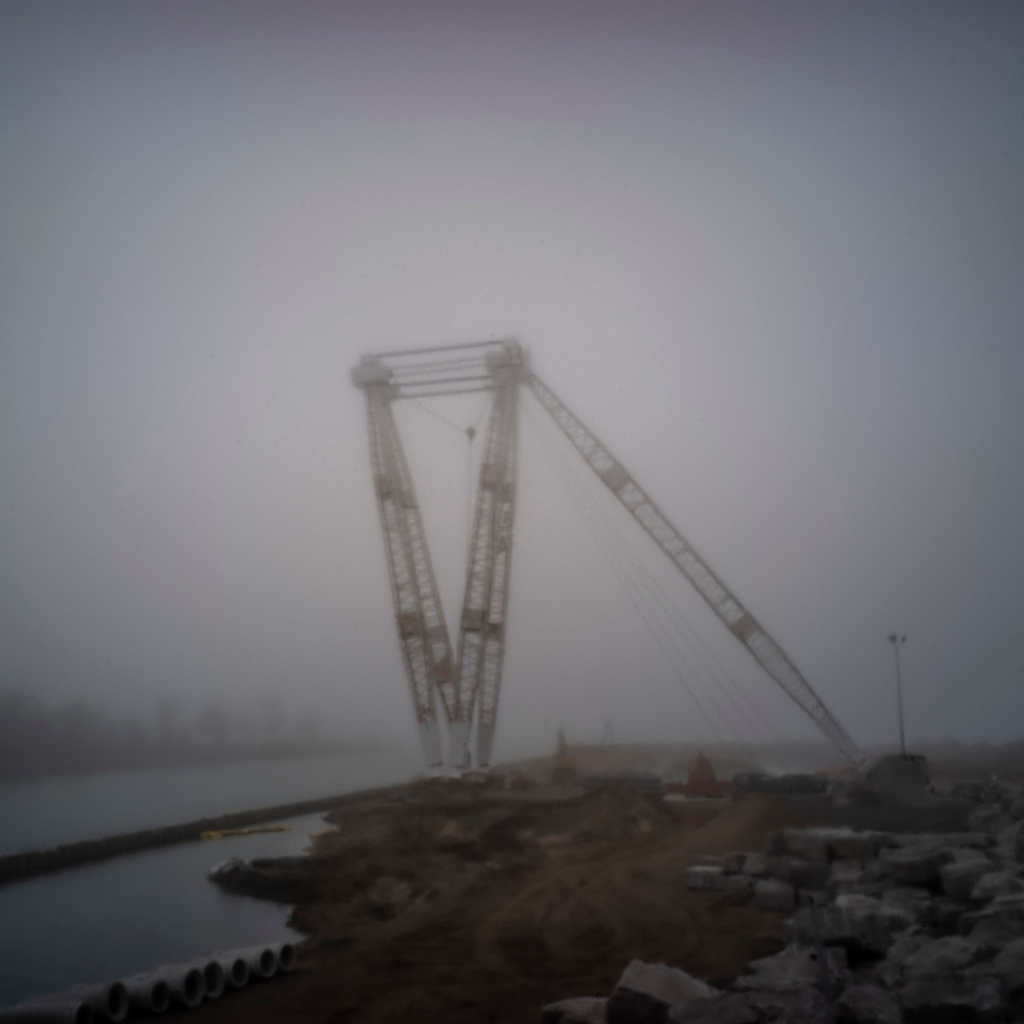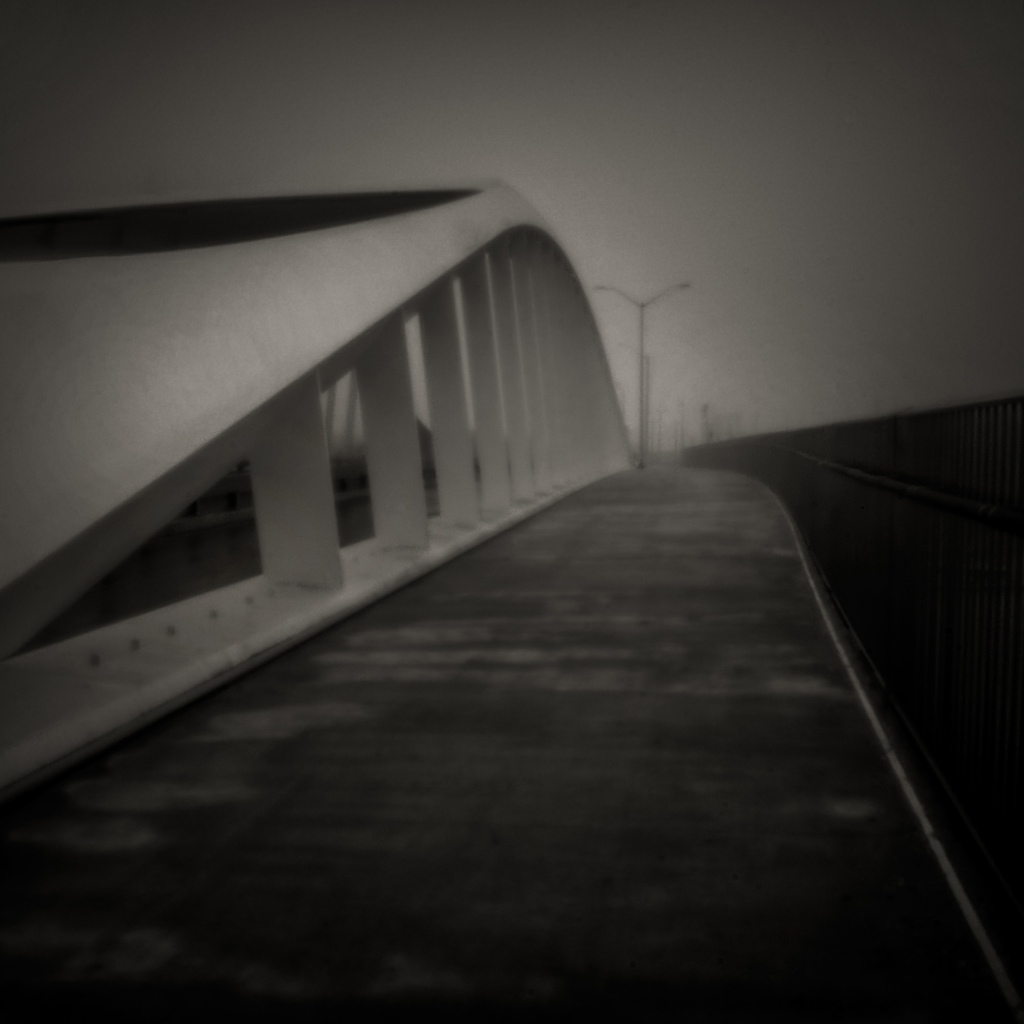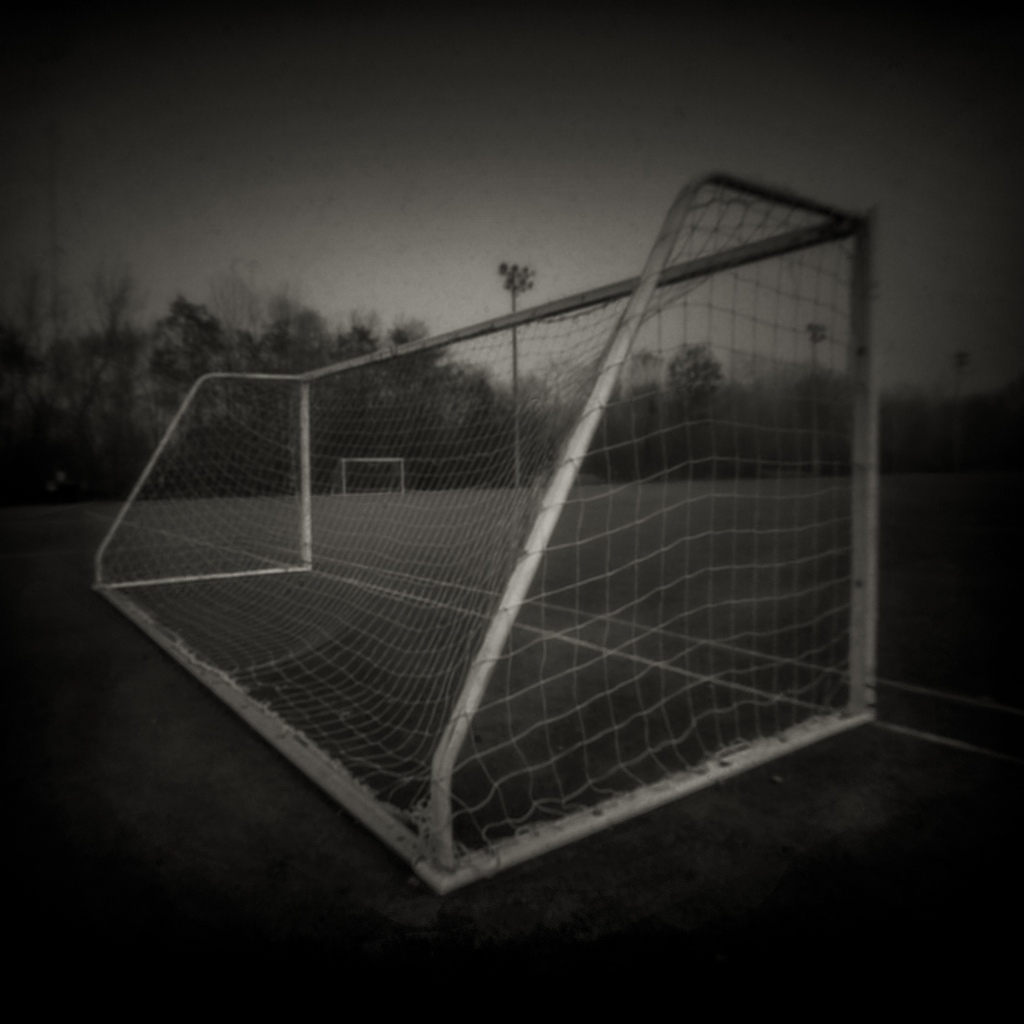
TRAVEL HAS BECOME PRECIOUS IN THE LAST FEW YEARS, so every chance to go somewhere has become a bigger opportunity, for new experiences and (of course) photos. I’d been to Prince Edward Island before – almost a decade ago, in fact – but this trip let me see a bit more of the province, and specifically its capital, Charlottetown.
First and foremost, it was a chance to spend time with family. This gave me a home base just outside Montague, a harbour town around 50 kilometers from Charlottetown, but thanks to my family I was able to take day trips all over the eastern shore of the island, so that became the focus of the post I put up on my travel photography blog this week.
As ever, there are the photos I take for the travel photo site – the snapshots, postcard pics and documentation that illustrate every travel story. But I’ve always been candid that one of the main reasons I like to travel is to take the kinds of pictures I’ve had in my head since I picked up my first Instamatic camera as a kid. I can, of course, take these pictures anywhere I want; smartphones with increasingly good cameras have expanded the opportunities immensely over the last decade.
Still, travel is energizing, and a change of venue does wonders for inspiration – and motivation. The photos here aren’t the sorts of things I see in my normal city life, and some of them are unique to PEI and the life and geography of the island. There isn’t, for instance, an abundance of lighthouses where I live, so those are visual opportunities that are impossible to ignore, even as a novelty.
I brought a full range of lenses along on this trip (and even came home with a new one, but more about that later). My 12mm Samyang remains essential and my 7Artisans fisheye is still a useful luxury, but since I acquired my 28mm Retina-Curtagon last year, I’ve fallen for the subtle qualities of that lens. I brought two pinholes – the Thingify Pro S for wider shots and the Pro X zoom optic – to cover every possible focal length, and my Pentacon 50/1.8, which is my best lens for close-up work. I have, gradually, turned back into the kind of photographer who carries a bag of lenses everywhere.
But it’s time to admit that my Samsung Android phone has become as crucial as my Fuji mirrorless when shooting travel. Its camera allows me to shoot panoramic photos that I’d need to stitch together in Photoshop with the Fuji, and sometimes it’s just easier to pull the Samsung out of my pocket and take a quick photo when I see it. At least a couple of those snapshots ended up in my travel blog post – and of course the cellphone is crucial to posting pics to social media while I travel. (Because let’s be honest – phones are taking far more travel photos than cameras these days.) And finally there’s my beloved Fuji X30, my favorite camera to use, and the one that took all of the photos on the post you’re reading now.
Spending time with my sister and her husband on St. Andrews Point gave me an opportunity to explore one small, local spot that I might have only glimpsed if I were on a road trip through the province, or traveling in a van full of other travel journalists. I wouldn’t, for instance, have had a chance to hike to not one but two cemeteries on my trip (and I do love a cemetery), or discover Saint Alexis Church near Rollo Bay, closed eight years ago, while driving around on errands with my brother-in-law. It was nice to spend time with them, and I have to thank Mary and Lou for their hospitality and chauffeur services.
I haven’t shot as many pinholes as I would have liked in the last year, so this trip gave me an opportunity to make up for the deficit. It was nice to have the chance to slip into the careful pinhole process – remarkably like shooting with a view camera (but without loading film holders or calculating exposure). Going to a new place is always the best time to take pinholes; the strange, dreamlike quality of the images evoke a bit of the disorientation you always feel when traveling.

























